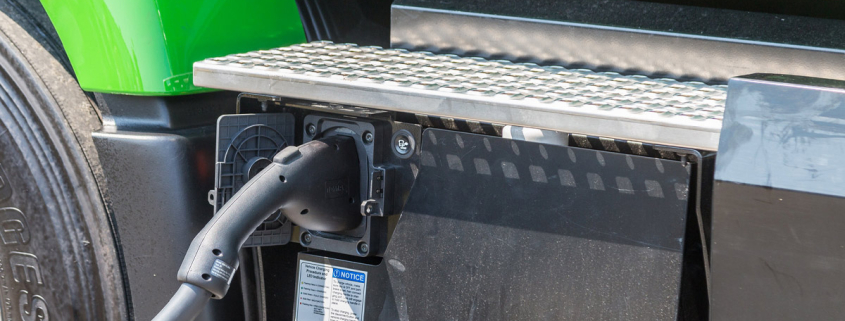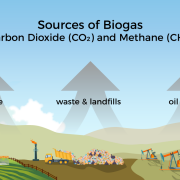Are Low-to-Zero-Emission Trucks Cost Competitive?
Medium- and heavy-duty vehicles (MHDVs) account for only 5% of vehicles on the road in the United States, yet they are responsible for 21% of transportation-related greenhouse gas (GHG) emissions. Reducing MHDV emissions can have a major impact to reduce GHGs and improve air quality. Zero-emission vehicles (ZEVs)—such as battery electric vehicles (EVs) and hydrogen fuel cell vehicles—offer a longer term solution; vehicles that use renewable biogas can lower GHGs significantly right now.
While projecting future technology adoption is complex and many factors influence consumer decisions, economics play a key role in choosing technologies for commercial vehicle applications. A recent study by the National Renewable Energy Laboratory (NREL) explored how the total cost of driving for zero-emission and diesel MHDVs could evolve over time under different scenarios, from the present day to 2050.
“With continued improvements in vehicles and fuels, ZEVs are rapidly becoming commercially viable, potentially reaching total cost of driving parity or better compared to diesel vehicles by 2035 in all market segments,” said NREL’s Catherine Ledna, a decision support analyst who led the study.
Incentives such as the zero-emission MHDV purchase tax credits made possible via the 2022 Inflation Reduction Act (IRA) further accelerate total cost of driving competitiveness and spur emissions reductions up to 70%.
Paving the Way to Zero Emissions
Biogas has a role to play in the transition to zero emissions — biogas systems can fuel EV electricity demand, while also offering additional renewable energy that’s available 24/7 to help stabilize electric grids.
Most biogas systems capture methane — a powerful greenhouse gas with up to 80 times the climate warming potency of carbon dioxide. This means that biogas capture, cleaning, and re-use as an energy resource results in even greater emission reduction on a lifecycle basis than fuels or electricity that only reduce or avoid carbon dioxide emissions, like wind and solar.
Biogas — called renewable natural gas (RNG) or biomethane — can be deployed today to fuel trucks that operate on compressed natural gas.
Reclaiming and using biogas serves an important function in recycling organic waste, reducing the burden on landfills and communities.
Photo: NYC DOT, under CC 2.0 License.







